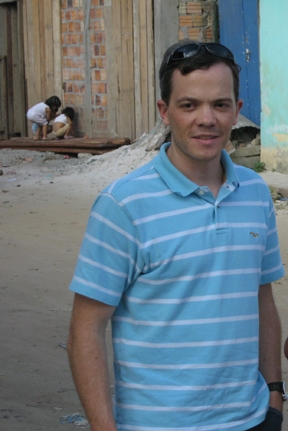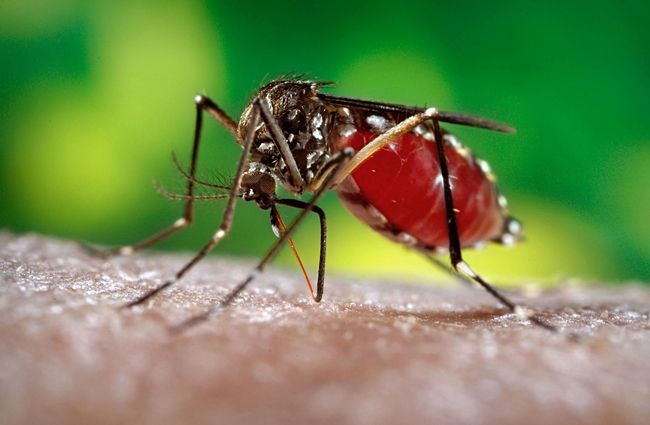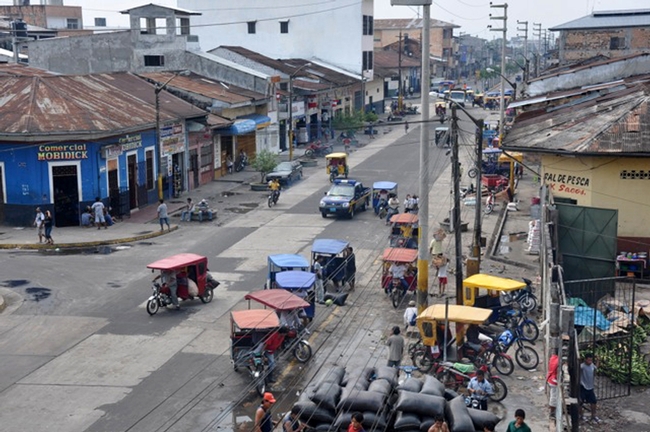
And compelling.
In an article published this week in the Proceedings of the National Academy of Sciences (PNAS), the UC Davis medical entomologists and their colleagues found that human movement—people going from house-to-house to visit their friends and relatives—is a key component to driving the virus transmission. (Read PNAS paper)
The research site is Iquitos, nestled in the heart of the Amazon rain forest of northeastern Peru. It's considered one of the world’s primary “open laboratories” to study the transmission of the virus.
The Aedes aegypti mosquito is a day-biting mosquito and we humans are its favorite host/target.
The ground-breaking research shows why it's crucial to focus on people movement, not just on the traditional mosquito control-and-prevention methods, such as applying insecticides and eliminating water-filled containers that can provide a larval habitat.
As lead author/medical entomologist Steve Stoddard said: "This finding has important implications for dengue prevention, challenging the appropriateness of current approaches to vector control."
“Interestingly, it didn’t matter how far away the visited houses were," Stoddard said. "The mosquito that transmits dengue virus prefers to stay in small areas, say in less than a 100-meter radius, but the distance between houses was often much greater than this. So it only makes sense that humans are frequently spreading the virus around as they commute between their homes and the homes of their friends and family. Altogether the data demonstrate what we expected, that human movements are really key to the transmission of this mosquito-borne virus.”
Said Scott, professor of entomology at UC Davis and director of the Mosquito Research Laboratory: “Dengue takes an enormous toll on human health worldwide, with as many as 4 billion people at risk—half of the world’s population--and 400 million new infections each year. The results from our study are focusing attention to the role human social networks in virus invasion and epidemic spread.
"At our Peru study area, we found that infection risk is based on the places a person visits and transmission dynamics are driven by overlapping movements of people who recently visited the same places, like the homes of their family and friends.”
Bottom line: The scientists found that people movement not only defined individual infection risk and local patterns of incidence, but resulted in the rapid spread of the virus and marked heterogeneity in transmission rates.
Next phase of the research? It's aimed at "understanding how variation in human behavior influences transmission and applying that knowledge in enhanced disease prevention strategies,” said Scott, the principal investigator of a National Institutes of Health (NIH)-funded grant.
With some 4 billion people worldwide at risk, and with 400,000 million new infections each year, dengue is indeed taking its toll. Every year some 500,000 people with severe dengue are hospitalized, and 2.5 percent die.
Attached Images:

